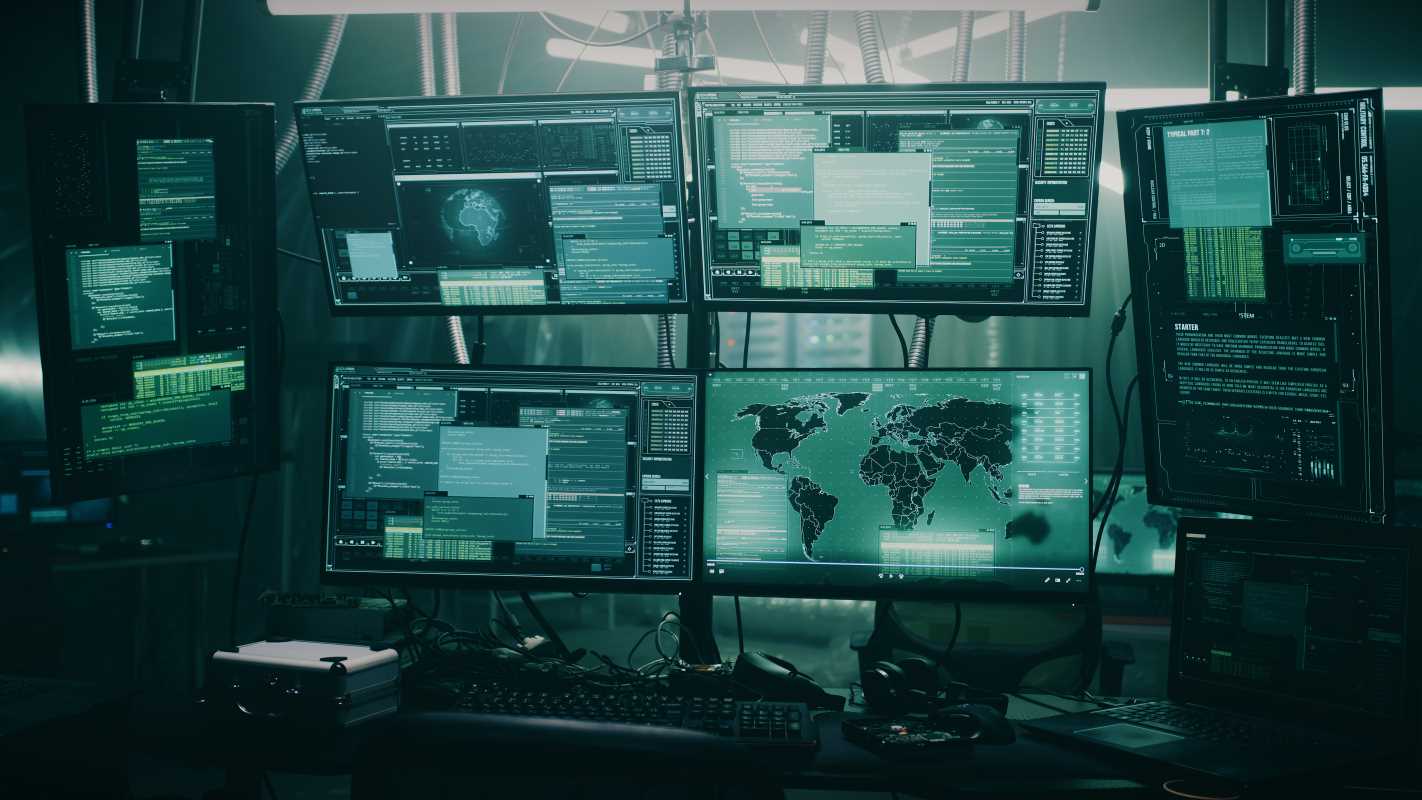Cybersecurity is a term we hear more and more often. While it might sound technical and complicated, it boils down to one simple concept—keeping our digital world safe. Whether we're shopping online, chatting with friends, or running businesses, we all leave traces of information behind. With every click and login, our data is out there, and unfortunately, cybercriminals are constantly finding new ways to exploit it.
By 2025, cybersecurity threats have become more advanced than ever. Hackers and cybercriminals are taking advantage of modern technologies like artificial intelligence, cryptocurrency, and even the Internet of Things (IoT) to find vulnerabilities. For individuals and companies alike, staying informed about these evolving threats is critical to staying safe online. This article dives into how cybersecurity threats have evolved, the new dangers on the horizon, and how we can fight back.
The Basics
Before we explore new threats, let's cover what cybersecurity threats actually are. A cybersecurity threat refers to any malicious attempt to steal, damage, or disrupt data, systems, or networks. These threats can come in many forms, such as viruses, hacking, phishing emails, or denial-of-service (DoS) attacks.
Why Cybersecurity Matters
The internet is essential to nearly everything we do today, from banking and shopping to managing hospitals, electric grids, and government operations. Cybersecurity is like a digital defense system that protects this infrastructure from being compromised. Without it, theft, fraud, or even societal disruptions could become a daily reality.
The New Era of Cybersecurity
The year 2025 brings with it exciting advances in technology, but this also comes with more sophisticated cybersecurity challenges. Here are some of the biggest threats we’re seeing:
AI-Driven Cyberattacks
Artificial intelligence (AI) is no longer limited to making your phone smarter or powering voice assistants. By 2025, cybercriminals are leveraging AI to launch increasingly complex attacks. These attacks can adapt in real-time, making them both harder to detect and defend against.
For example, AI can be used to create highly convincing phishing emails, seemingly sent from your boss or bank, tricking victims into clicking on harmful links. AI tools can also identify vulnerabilities in networks faster than traditional human hackers could.
But the scariest part? AI-powered bots can coordinate large-scale attacks, such as flooding websites with so much traffic that they crash (a tactic known as Distributed Denial of Service or DDoS attacks).
Ransomware Becomes More Destructive
Ransomware attacks have plagued businesses and individuals for years, but they’ve reached a whole new level in 2025. Ransomware involves locking a user or company's data and demanding payment (often in cryptocurrency) to unlock it. Cybercriminals are now targeting critical infrastructure like hospitals, water systems, and power grids because the stakes are higher, making victims likelier to pay.
A high-profile example was the attack on a global shipping company. Hackers encrypted their entire network, halting international shipping operations for days and costing the company millions of dollars. These types of incidents highlight the urgent need for stronger defenses.
The Risks of IoT Devices
The Internet of Things (IoT) refers to everyday devices that connect to the internet, like smart TVs, thermostats, refrigerators, or security cameras. By 2025, over 75 billion IoT devices are estimated to be in use worldwide. However, many of these devices are not designed with strong security measures, making them easy targets for hackers.
A common example is smart home devices. Hackers can potentially access a poorly secured IoT doorbell camera or smart lock and gain physical access to your home. On a larger scale, hackers can infiltrate IoT-connected factory machinery, disrupting production and causing financial losses.
Cybercrime in Cryptocurrency
Cryptocurrency is becoming an increasingly popular way to pay for goods and services online. However, it has also become a favorite target for hackers. Cryptocurrency wallets and trading platforms are now frequent targets of cyberattacks, with hackers finding ways to steal funds or manipulate blockchain systems.
One major concern for 2025 is the emergence of cryptojacking. This happens when hackers secretly use your device's processing power to mine cryptocurrency for themselves. While it doesn’t steal your files, cryptojacking slows down your devices and increases electricity bills.
Supply Chain Attacks
By 2025, supply chain attacks have become a significant issue. Instead of targeting a company directly, hackers now go after weaker partners or third-party vendors in their supply chain. This creates a backdoor for spreading malware or stealing sensitive data from the larger organization.
For example, if a software vendor used by a multinational company gets compromised, the hacker gains access to every company using that software, multiplying the reach of the attack. These types of breaches highlight the importance of vetting third-party vendors and ensuring they meet strong cybersecurity standards.
Fighting Back Against Evolving Threats
While these threats might sound alarming, there are also plenty of tools and strategies available to stay safe. Cybersecurity continues to advance alongside cybercrime, giving individuals and businesses the upper hand.
Multi-Factor Authentication (MFA)
Multi-factor authentication is an extra layer of security that requires users to verify their identity in two or more ways, such as entering a password plus a one-time code sent to your phone. By 2025, this technology is widely used because it makes it much harder for hackers to gain access to sensitive accounts.
Regular Software Updates
Hackers often exploit outdated software with known vulnerabilities. Keeping your systems and devices updated ensures that you have the latest security patches, reducing your risk of attack.
Cybersecurity Awareness
Teaching individuals and employees how to identify phishing scams, suspicious links, and other common threats is critical. By understanding the basics, people can avoid falling victim to many common attacks.
Zero-Trust Models
Businesses are increasingly adopting a zero-trust approach to cybersecurity. This strategy assumes that every user, device, or connection is potentially a threat and must be verified before access is granted. It creates additional layers of protection to stop cybercriminals in their tracks.
What the Future Holds for Cybersecurity
Looking ahead, cybersecurity in 2025 is as much about anticipation as reaction. New solutions are being developed to stay one step ahead of hackers.
AI in Defense
While AI is being used for cyberattacks, cybersecurity experts are also leveraging it to detect and block malicious activity. AI tools can analyze massive amounts of data quickly, identifying threats before they escalate into serious problems.
Quantum Computing and Security
Quantum computing promises to revolutionize technology, but it also poses risks to current encryption standards. Cybersecurity professionals are racing to develop quantum-proof encryption methods to secure sensitive data for the future.
Global Collaboration
Countries and organizations are recognizing that cybersecurity is a global issue. International collaboration, such as sharing threat intelligence and creating unified security protocols, is becoming increasingly important in tackling large-scale cybercrime.
 (Image via
(Image via





